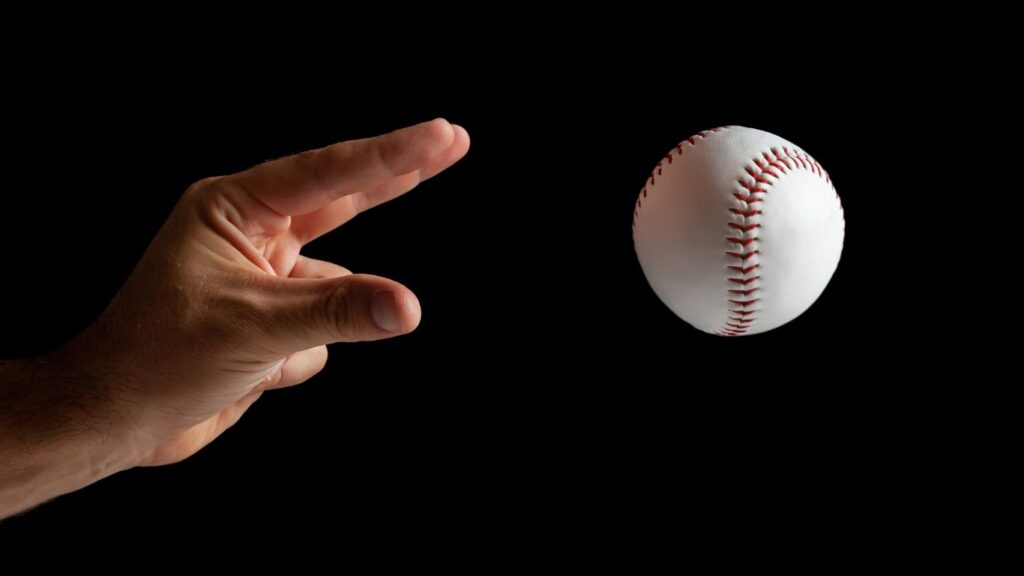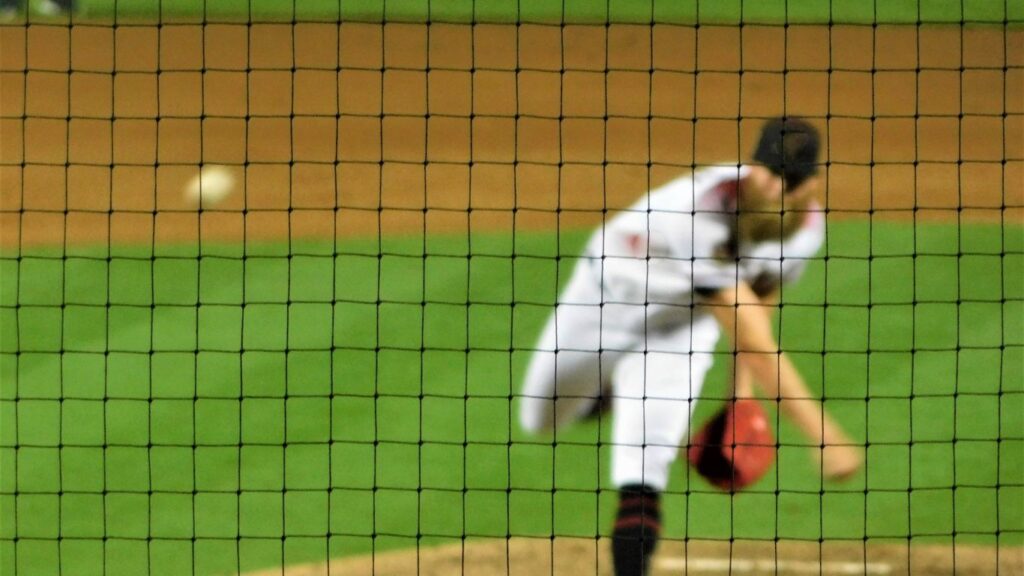Understanding the difference between a passed ball and a wild pitch is crucial for players, coaches, and fans alike. Both events can significantly impact the game’s dynamics but have distinct definitions, causes, and consequences.
Definitions and Classification

Passed Ball
- Definition: A passed ball occurs when the catcher fails to catch a pitch that the umpire judges should have been caught with ordinary effort. This mistake allows a baserunner to advance.
- Example: The pitcher throws a fastball down the middle, but the catcher misses it, and the runner on first base advances to second.
Wild Pitch
- Definition: A wild pitch is when the pitcher throws a ball that the catcher cannot control or catch, resulting in a baserunner advancing.
- Example: The pitcher throws a curveball that bounces before the plate and goes past the catcher.
Impact on the Game
Passed Ball
- Advancement of Runners: Baserunners advance without any action from the batter, potentially placing them in scoring position or a base closer to home.
- Pitcher’s Confidence: A passed ball can lead to losing control and confidence in the pitcher.
- Catcher’s Focus: The catcher may feel added pressure to prevent further mistakes, affecting their overall game focus.
Wild Pitch

- Risky Advancement: Baserunners advance at their own risk, which can lead to multiple runners advancing or even scoring.
- Game Score and Momentum: The game’s score can change drastically based on the severity of the wild pitch, significantly impacting momentum.
- Player Dynamics: Both the pitcher and catcher experience increased pressure to control the ball, affecting their performance.
Strategies for Minimizing Occurrences
Passed Balls
- Communication: Regular communication between the pitcher and catcher ensures they are aligned on pitch type and location.
- Focus and Positioning: Catchers should maintain good glove positioning and body control to receive pitches effectively.
- Training: Continuous improvement in framing and blocking skills helps catchers control the ball better.
Wild Pitches
- Consistency: Pitchers should work on consistency in throwing mechanics and control to minimize erratic pitches.
- Understanding Pitch Limits: Pitchers must understand their limits and avoid difficult pitches for the catcher.
- Situational Drills: Team practices should include drills simulating difficult pitches to prepare catchers for real-game scenarios.
Common Misconceptions
- Solely the Catcher’s Fault
- Clarification: Both the pitcher and catcher share responsibility. The type, speed, and control of the pitch play significant roles.
- Lack of Skill by the Catcher
- Clarification: Factors beyond the catcher’s control, such as the pitcher’s mechanics, often influence these plays.

- A rarity in Professional Play
- Clarification: Passed balls and wild pitches are relatively common, with frequency depending on player skill and experience.
- Impact Limited to Current Play
- Clarification: Both scenarios can significantly affect the game by changing the score, momentum, and field positioning.
Frequently Asked Questions (FAQs)
Q: What is the main difference between a passed ball and a wild pitch?
- A: The main difference lies in the responsibility. A passed ball is generally considered the catcher’s fault due to their failure to catch a pitch that should have been caught with ordinary effort. Conversely, a wild pitch is primarily the pitcher’s responsibility, caused by throwing the ball in a manner that the catcher cannot reasonably be expected to control or catch.
Q: How do umpires decide between a passed ball and a wild pitch?
- A: Umpires judge based on their assessment of ordinary effort. If a pitch should have been caught but wasn’t due to the catcher’s lack of effort or skill, it is marked as a passed ball. If the pitch is too erratic to handle, it’s ruled a wild pitch.
Q: Do pass balls and wild pitches affect the pitcher’s statistics?
- A: Wild pitches are counted against the pitcher’s statistics, resulting from the pitcher’s lack of control. Passed balls, however, are counted against the catcher’s statistics.
Q: Can a passed ball or wild pitch occur with no runners on base?
- A: By definition, passed balls and wild pitches only concern baserunners advancing. If no runners are on base, a pitch cannot be officially recorded as either. However, it might still impact the game by allowing a batter to reach base on a third strike not caught by the catcher.
Q: Are there strategies to recover quickly after a passed ball or wild pitch?
- A: Absolutely. Both catchers and pitchers can utilize quick communication, awareness, and drills designed to react swiftly and efficiently to control the damage. This includes re-establishing focus, minimizing baserunner advancements, and preventing further errors.
Conclusion
Understanding the differences between passed balls and wild pitches, their impact on the game, and strategies to minimize their occurrences can help teams perform better and avoid costly mistakes. By addressing common misconceptions, players and coaches can take a more nuanced approach to these plays, improving performance on the field.
Are you ready to deepen your understanding of baseball mechanics and strategies? Sign up for our newsletter to receive expert tips and insights directly to your inbox.










